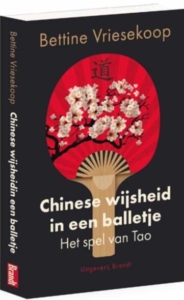Beste vrienden van de VNC,
We zijn verheugd jullie te laten weten dat we momenteel bezig zijn met het verfrissen en verbeteren van onze website. Onze vernieuwde website laat nog even op zich wachten – we zijn er hard mee bezig en verwachten deze eind april te kunnen tonen.
Onze digitale ChinaNU+ is klaar en inmiddels verstuurd naar de leden! We zien er naar uit deze ook op de nieuwe site met jullie te delen.
Misschien ten overvloede, maar al het werk wordt gedaan door vrijwilligers, actieve leden.
Save-the-date 21 mei 2024
21 mei organiseren we een avond in Amsterdam met ons gewaardeerd lid van het Comité van Aanbeveling Bettine Vriesekoop over haar nieuwe boek: Chinese wijsheid in een balletje; het spel van Tao. Details volgen snel.
Dank voor jullie geduld en blijf op de hoogte. We kijken ernaar uit om jullie binnenkort weer op onze vernieuwde website te verwelkomen!
Heb je vragen, opmerkingen of wil je gewoon met ons in contact komen? Stuur dan een e-mail naar: info@vnc-china.nl.
Met vriendelijke groet,
Het VNC team

